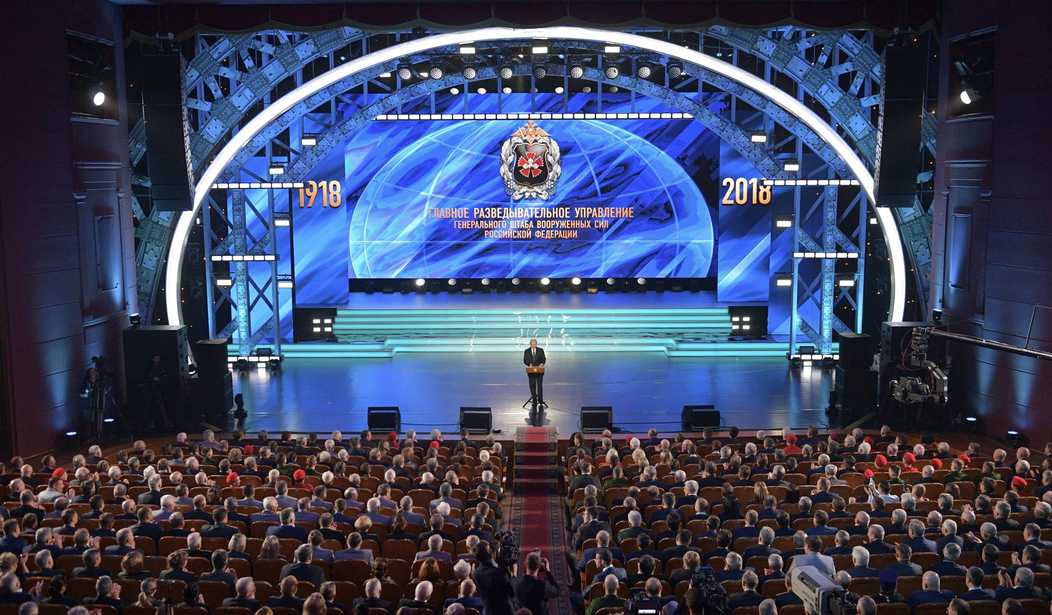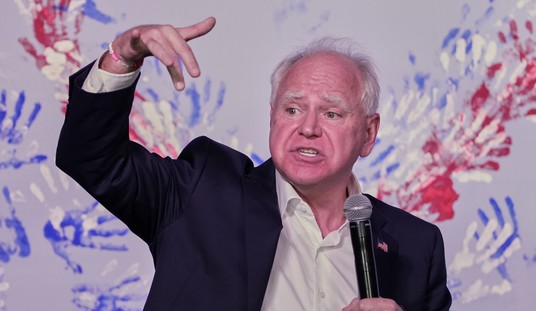Putin’s War started out as an unprovoked war of aggression against a weaker neighbor chock full of “clear and noble” goals that would have reduced Ukraine to a Russian satrapy. Instead, like so many criminal undertakings, it has degenerated into a bacchanalia of murder, rape, looting, wanton destruction, and a land grab to match the one Russia carried out in 2014.
In 2014, Putin saw the puppet he’d installed as president of Ukraine thrown out by a populist and popular uprising. In response, he annexed Crimea in a referendum that didn’t even bother to make a pretense of being free or fair.
Obama Offers Too Little Too Late On The Crimean Referendum
Fivethirtyeight.com Explains The Crimea Referendum
The Fraudulent Crimean Referendum Exposed
Along the way, he also created two bogus ethnic Russian “republics,” Donetsk and Luhansk, and instigated a civil war there…and he and his fan club have spent the last eight years whining about Ukraine attempting to put down this unlawful insurrection and return that territory to its rightful government.
The first landgrab netted Russia all of Crimea and the eastern third of the oblasts of Donetsk and Luhansk (map). The new one is trying to gain control of the entire area of Donetsk and Luhansk and create additional “republics” in Kherson Oblast and Zaporizhzhia Oblast (map). This would create a Russian-controlled “land bridge” from the current border of Russia to Crimea. The original Russian operational plan envisioned taking Odesa and depriving Ukraine of any access to the sea. (That plan came up short when the Russian and separatist military units were beaten like a rented mule). The problem with this plan is that Kherson is 82 percent Ukrainian and Zaporizhzhia is 56 percent Ukrainian, and so Russia must create “facts on the ground” for this operation to have any legitimacy.
Russia is tightening its hold over occupied areas of southern Ukraine, installing pro-Moscow leaders, hunting for dissenters and dismantling Ukrainian state institutions.
In the city of Melitopol, like many others in the area, red, blue and white Russian flags now fly atop public buildings. Russian security forces patrol the streets and soldiers man checkpoints, inspecting people’s identification documents and looking through the contents of their mobile phones, residents say.
In March, Russian forces burst into the office of Melitopol’s mayor, Ivan Fedorov, put a bag over his head and detained him. Moscow named a local pro-Russian politician to replace him. Mr. Fedorov was later released in a prisoner swap and is now in Ukrainian-held territory.
Inside Greater Donbas, the region composed of the entire oblasts of Donetsk and Luhansk, Russia is pushing preparations for referendums that will declare areas not under the control of the two fake Russian-created republics to request annexation.
#Ukraine 🇺🇦: with sham referendum I mean this. A couple hundred pensioners in Rozivka were put in a local theater and made to vote on joining the "#DNR" separatist entity.
Voting was done by hand, without anyone seriously counting. Can guess what happens if you don't raise yours pic.twitter.com/uJOOMgXrFI
— Thomas van Linge (@ThomasVLinge) April 19, 2022
According to research conducted by the Washington Post for a story headlined Do people in Donbas want to be ‘liberated’ by Russia? a plurality of voters in those oblasts want to remain in Ukraine.
When the responses are weighted by the estimated total population on either side of the line of control in the Donbas before the war (1.7 million in the Kyiv-controlled zone and 2.1 million in the separatist republics), more people preferred to remain in Ukraine (42 percent) than be annexed to Russia (31 percent). Just 9 percent opted for independence. For this sensitive question with a high degree of uncertainty about Kyiv’s and Moscow’s actions, the “don’t know” ratio is high at 18 percent.
…
In the Ukrainian government-controlled areas, almost 3 in 4 respondents (72 percent) wanted the breakaway territories back within Ukraine. These residents were twice as likely to say the Donbas should not have any special status as to say it should have special autonomous status within Ukraine.
In the separatist-held areas, opinion was more splintered. Forty-nine percent said they wanted to be part of the Russian Federation, with a roughly equal proportion saying they wanted to be a special autonomous region or just an ordinary part of Russia. On both sides of the line of contact, fewer than 10 percent supported independence. Almost 1 in 5 respondents — on both sides of the line of control — said they did not know.
According to the Ukrainian government, referendums are also planned for other parts of occupied Ukraine.
Ukraine's human rights Ombudsman describes how the Kherson referendum might take place.
Anti-Russian protests persist in Kherson, but the timing of this referendum could give Putin a small victory to coincide with the end with the end of World War II anniversary on May 9 pic.twitter.com/yTyM0XOhGP
— Samuel Ramani (@SamRamani2) April 17, 2022
How do you win a referendum when most voters are opposed to the question? The Organization for Security and Cooperation in Europe (OSCE) has reported that the Russian Army has forcibly deported approximately 500,000 Ukrainians to Russia. Such a mass movement of people would guarantee that the remaining voters were Russians and the Potemkin.
The mass deportation of restive populations is not something foreign to Russia. In 1941, the USSR forcibly deported about 1,500,000 Volga Germans; after WW II, another half million Germans were deported from areas occupied by the USSR. A half-million citizens of the Baltic States were deported during the Soviet occupation. Over 200,000 Crimean Tartars were deported. To that, you can add another few million Norwegians, Finns, Romanians, Turks, Greeks, Koreans, and assorted Central Asian peoples.
Any claim that Russia wouldn’t commit such an atrocity is simply ignorant of the history of Russia in its Tsarist and USSR incarnations.
It is difficult to imagine this baldfaced theft ever being recognized by anyone who isn’t telling “genocide in the Donbas” stories in our comments section. Two things are certain. This attempt to annex yet more of Ukraine will cause the war to drag on as well as being unsuccessful, and the 500,000 Ukrainians deported by Russia will be lost to Ukraine forever.













Join the conversation as a VIP Member